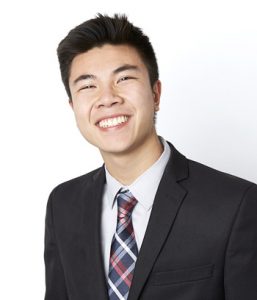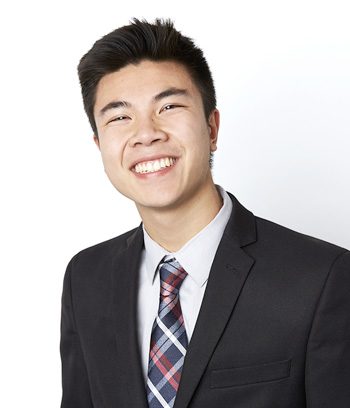 I’ve always been fascinated by the universal power that spaces hold for the human experience. Each and every one of us can think back to a specific place in this world that has profoundly resonated with us throughout our lives, and has elicited a distinct emotion within us, whether that be of elation, introspection, or even fear.
I’ve always been fascinated by the universal power that spaces hold for the human experience. Each and every one of us can think back to a specific place in this world that has profoundly resonated with us throughout our lives, and has elicited a distinct emotion within us, whether that be of elation, introspection, or even fear.
Because of this fascination, I knew that in college, I wanted to pursue a program that allowed me to more critically consider how the spaces we inhabit influence us. However, I was initially torn between studying space through architectural design or policy-oriented urban planning. When I found out that USC offered a GeoDesign program, I knew it was my perfect fit — it beautifully encompassed both of those disciplines. On top of that, it also allowed me to tap into my quantitative side and develop technical mapping skills with GIS.
GeoDesign has taught me how to think critically about the spatial systems that compose our world. I want to use spatial design to support communities that cannot equitably access public spaces and public amenities. As a fellow for the Sustainable Development Goals Leadership Academy this past summer, I was part of a cohort of college students that ideated a ten-week sprint project with a unifying goal of bolstering the status of the Sustainable Development Goals in Los Angeles.
With my project team, I used GIS to develop a scoring methodology that incorporated socioeconomic and racial data to equitably reprioritize investment in LA street infrastructure. Some issue areas that we explored within LA street infrastructure included those of street furniture, pedestrian safety, and water access. As consultants for a local Los Angeles city bureau, we developed a mapping prototype that will be used to inform how the bureau allocates their upcoming twenty-year street asset contract.
Opportunities like these remind me how appreciative I am of GeoDesign’s project-based curriculum in addition to the internal research opportunities the Spatial Sciences Institute has provided me with. Those projects have prepared me well for opportunities such as the Academy.
As a Gender and Social Justice minor, my particular focus is to foster more welcoming and accessible public spaces for LGBTQ populations. In one of my mapping classes, I worked on a project to map all-gender restrooms on USC’s campus and create an interactive mapping application for the USC LGBT Resource Center. As part of my study, I also conducted a spatial analysis to identify buildings that I have since recommended as future all-gender restroom locations.
Working on projects like these helps fuel my desire to work in a social impact field and make progress towards my personal mission statement. One day, I hope everyone will have the ability to move about spaces freely and safely, no matter who they are.





